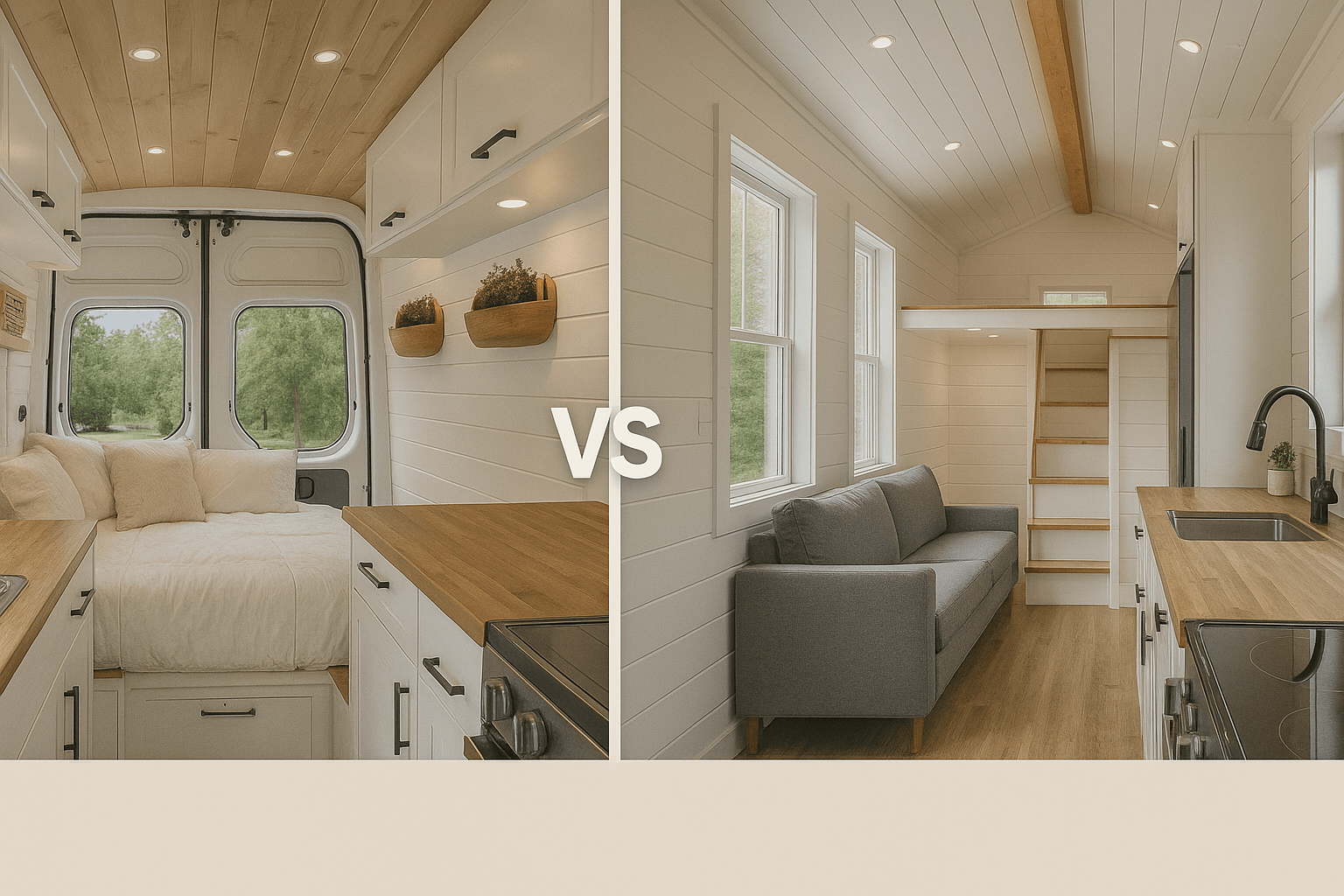The van life movement has exploded in recent years. Social media shows beautiful conversions with people living free and traveling constantly. Tiny houses offer similar freedom with more space and comfort. Both appeal to people seeking mobile affordable housing, but they suit very different lifestyles.
Camper vans work best for constant travelers. You can park almost anywhere for a night or two, move easily, and blend into urban and rural settings. The trade-off is very limited space and basic amenities. Most van dwellers cook simple meals, shower at gyms, and keep possessions minimal.
Tiny houses work best for mobile home bases. You can move them a few times per year but they are designed for staying in one spot for months. They provide real homes with full kitchens, bathrooms, and comfortable living spaces. The trade-off is you need legal parking spots and cannot park on streets.
